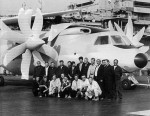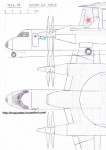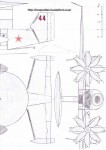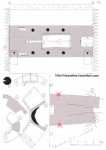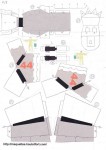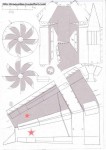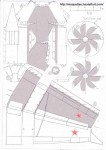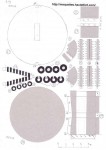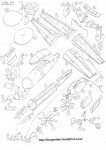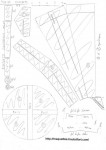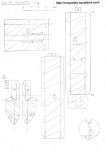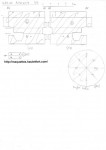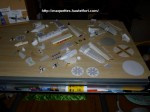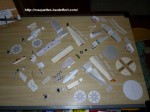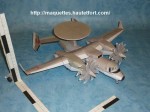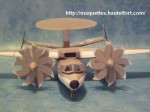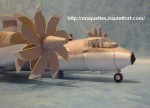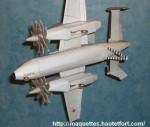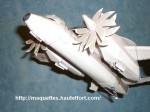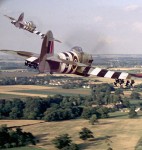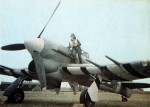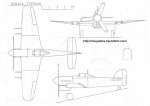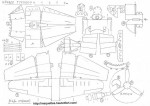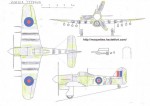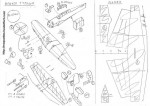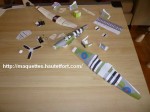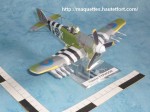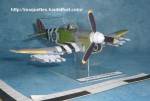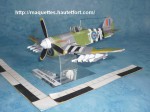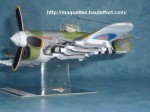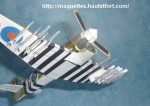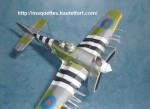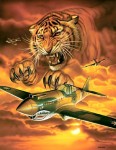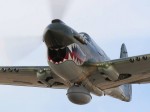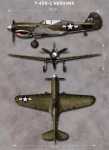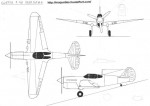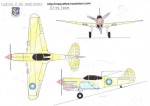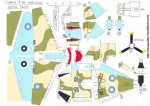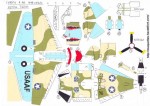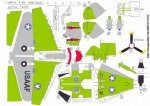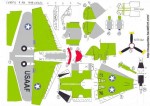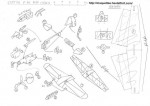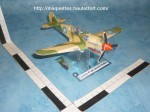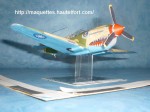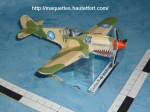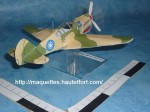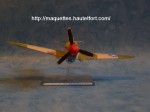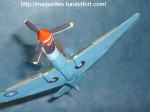Projet d'avion de veille aérienne destiné à être embarqué sur les porte-avions soviétiques, puis russes.
Cet appareil se caractérisait par des moteurs à hélices contrarotatives, des winglets au bout des ailes replibles et un radôme escamotable pour faciliter son stockage danbs les hangars.
Projet abandonnée à la suite de la disloquation de l'URSS, mais on peut supposer, au vu de la taille imposante de l'appareil (environ 20% plus grand qu'un E-2C hawkeye américain) que la cellule de base aurait pu donner naissance à des versions de liaison avec la terre (comme le C-2 Greyhound) et ravitaillement en vol, en appui des chasseurs SU-33, Mig-29K, Yak-141 et hélicoptères embarqués KA-29 et Ka-31.
Le projet serait allé jusqu'à un modèle pour essai sur porte-avions.
Aircraft project monitoring air to be flown on the aircraft carrier Soviet and later Russian. This device was characterized by engine propellers, winglets at the wing tips and a radome replibles retractable for easy storage sheds Danba.
Project abandoned following the breaking up of the USSR, but presumably, given the large size of the unit (about 20% larger than an E-2C Hawkeye U.S.) as the basic unit would could give rise to versions on the ground (such as C-2 Greyhound) and air refueling in support of the SU-33 fighters, MiG-29K, Yak-141 and KA-29 shipborne helicopters and Ka-31.
The project would have gone up a model to test aircraft carrier.
| D |
Pour télécharger le plan 3 vues et le plan de pièces du yak-44 au 1/66 en pdf / To download 3 sights plan and pieces plan of Yak-44 in 1/66 pdf, CLIQUER ICI
Ce modèle a été construit en Novembre 2010 / This model was built in November, 2010 !!
CONSIGNES DE CONSTRUCTION :
- le train d'atterrissage peut être réalisé en option.
- Si vous réalisez le train d'atterrissage, ne pas oublier de découper les trappes du train pour que les jambes puissent sortir !
- Des fils de fer sont utilisés pour donner la forme des dérives arrières.
- Attention à la pièce 2 (partie arrière du fuselage) trés difficile à construire, je n'ai pas réussi à corriger le plan pour faire la liaison avec la partie centrale du fuselage (pièce 1).
- Un lest peut s'avérer nécessaire à l'avant ou alors une cale en feuille plastique au niveau de la crosse d'appontage.
BUILDINGS INSTRUCTIONS :
- The landing gear can be realized optional.
- If you realize the landing gear, not to forget to cut the trapdoors of the train so that legs can go out!
- Wires are used to give the shape of the drift rear
- Attention to part 2 (rear fuselage) very difficult to build, I failed to correct the plan to liaise with the central portion of the fuselage (part 1).
- A ballast may be required to forward or when a block of plastic sheet at the tailhook.


